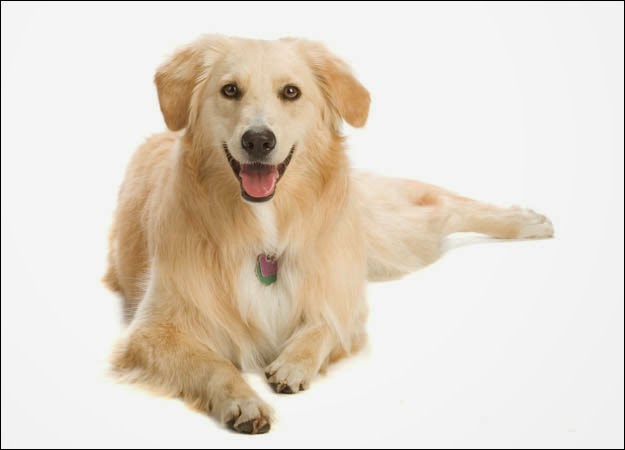To recap: There is no one Chinese language. The symbols are almost always the same, but there are various dialects, each pronouncing the symbols so differently that cross-dialect communication is impossible. The most prominent Chinese is Mandarin, but Hong Kong mostly speaks Cantonese.
There are two types of schools that you can attend in Hong Kong- local and international. If you go to a local school, you will learn Cantonese as your first language- your "walking around" language- but English would also be a required class, and you might see it popping up in a few other classes as well. Mandarin is also sometimes available. In an international school, you would likely learn English as your first language, and Mandarin as an optional second.
Note: This information was procured by my father, who was able to interview a coworker. Everybody give him a hand!
Thanks to that abundance of English classes- and the fact that Hong Kong was once a British territory- Hong Kong is heavily populated with English speakers. However, that's not to say we don't run into language barriers; or rather, accent barriers. Although their English is much, much better than my Mandarin, Chinese people sometimes have strong speech inflections that make them difficult to understand, like their tendency to avoid the plural, and their strong accents. Still, most of Hong Kong's citizens are surprisingly skilled at English conversation.
 |
| This is my dad's boarding pass from a trip he took a while ago. Not everything gets perfectly translated. |
Fun Fact:
Just like in Denver, the people with the least English skills here are the taxi drivers. Luckily, we have a card that says the name of our apartment building in Chinese- we call it our "please take me home now" card.
Fun Fact:
I've been taking Mandarin lessons, and I've developed a theory: the occasional oversimplification of the English language in Hong Kong likely results from the simplicity of Chinese. For instance, to ask "How are you?" in Mandarin, you would say " nǐ hǎo mā?": you + good + question. To respond, you wouldn't say "I am well", but simply "wǒ hǎo", or "I good".
Thanks for reading!




































